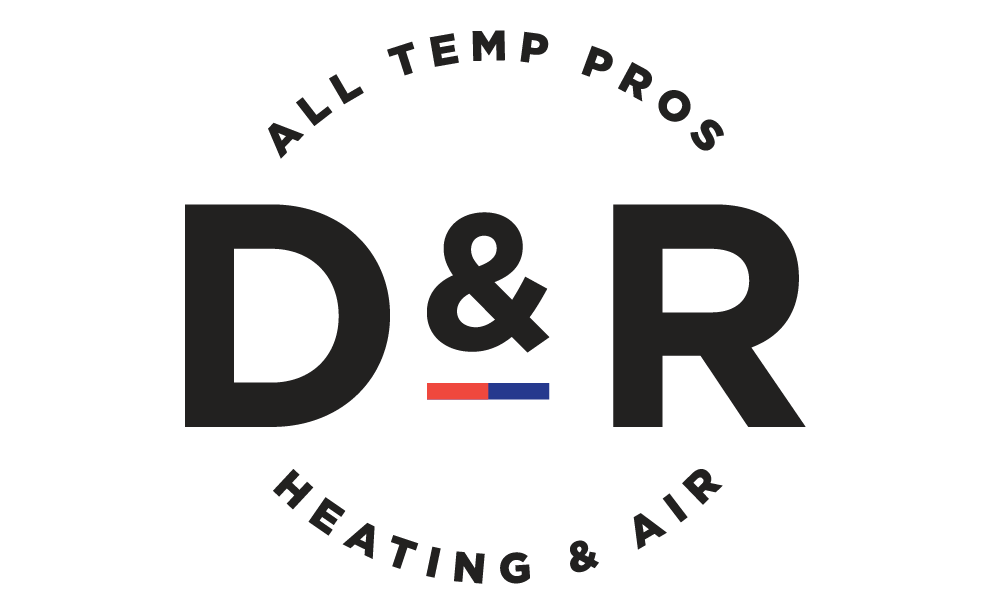R-22 Ban: How it may affect you
R-22 is a refrigerant that is used in air conditioners. The cooling agent is a hydrochlorofluorocarbon, or HCFC, which harms the earth’s ozone layer, contributes to climate change, and may cause health issues. Due to the damage R-22 and HCFC’s cause to the climate, the government has banned the production of new material under the Montreal Protocol. The primary goal of the phaseout of R-22 and HCFC refrigerants is to protect the ozone layer.
The phaseout of R-22 or HCFC-22 began in 2010 and will continue until 2030. The long timeframe allows for equipment to be replaced within the normal timeframe of needing to replace HVAC equipment. The phaseout schedule from the Environmental Protection Agency (EPA) is provided.
-
HCFC-22 (also called R-22) and HCFC-142b are the next two HCFC’s that the United States will phase out. The Schedule to phase out HCFC’s is:
-
Ban on production, import, and use of HCFC-22, R-22, and HCFC-142b, except for continuing servicing needs of existing equipment.
-
Ban on production, import, and use of all HCFC’s, except for continuing service needs of refrigeration equipment
-
Ban on remaining production and import of HCFC-22 and HCFC-142b. After 2020, the servicing systems with R-22 will rely on recycled or stockpiled quantities.
-
Ban on all remaining production and import of all HCFC’s
What does the Ozone layer have to do with air conditioners?
The ozone layer of the atmosphere provides us with a protective barrier from the sun’s harmful ultraviolet (UV) radiation rays which can cause skin cancer, melanoma, and cataracts. An international agreement called the Montreal agreement started the phaseout of chemicals that harm the ozone layer in 1987. This protocol was put in place in order to help repair the ozone and keep people safe from the UV radiation. Amendments are added to the agreement as science finds more ways to protect and repair the ozone. Read more about the health benefits of protecting the ozone layer here. Air conditioners release a significant amount of destructive chemicals into the atmosphere which harms the ozone layer.
Ozone depletion. Holes in the ozone layer caused by HCFCs and CFCs causes direct exposure to the sun’s harmful UV radiation.
What does this mean?
Servicing existing equipment that uses R-22 will still be allowed according to the EPA but may get more expensive over time due to availability of the refrigerant. All R-22 that is available at this point in the phaseout has been recovered from existing air conditioners and recycled/ reused.
All new HVAC equipment will use a newer refrigerant that has less environmental impact. The newer technology and systems that have been developed are compliant with the EPA’s guidelines for HCFCs.
Systems that use R-22 will have to be replaced eventually, but chances are they are already near the end of their lifetime. R-22 systems have been starting to phase out since 2010. The changes may not affect you depending on what refrigerant your system uses.
How to determine what refrigerant your system uses
If you are curious about what refrigerant your system uses:
Look for “field charged” on the manufacturing label on the outside of the unit. If the label says R-22 or HCFC-22, it uses R-22.
Alternatives to R-22/ HCFC-22:
The most common alternative to R-22 is R-410A, which is similar to R-22 but does not deplete the ozone layer of the atmosphere. R-410A has been studied and proven to have less environmental impact than R-22.
What can you do?
Replace your current system if it still uses R-22. D&R technicians are happy to help you figure out what your system uses.
Have a R-410A converter installed if your system allows it. Unfortunately, not all HVAC equipment can be retrofitted for this.
If your system is running great and you are not ready to upgrade, you can still have your system serviced.
D&R Environmental Protection Policies:
D&R follows all EPA regulations with R-22. We do not sell equipment that uses R-22, but we will still service the equipment as long as we are able to acquire necessary materials and the ability to properly recycle the refrigerants.
Our team is happy to answer any questions and give recommendations about the current phaseout of R-22.

